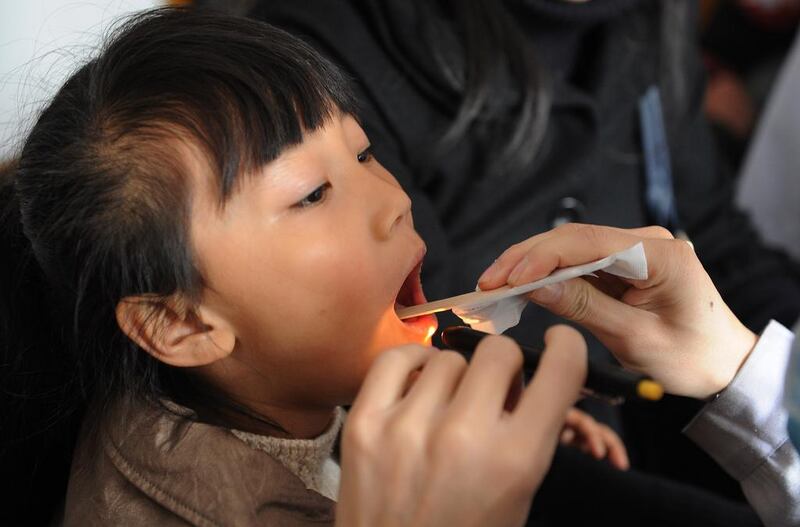Here is the bad news. Every day nearly 18,000 children die from diseases that are mostly easily treatable and preventable.
But in one sense, it’s good news. Go back two decades and the mortally rate for under fives was double that amount.
Published this weekend, the latest global report on child mortality can be viewed either as a glass half full or half empty.
Between 1990 and last year, the global mortality for the world’s youngest children has plummeted by nearly half.
Translated into numbers, that means six million lives were lost last year, but a similar number survived who would not have done so barely 20 years ago.
The figures are compiled by a group of international agencies that include the World Health Organisation and Unicef, the United Nations children’s fund.
They are important because they measure how the family of nations is progressing towards one of the eight key so-called “millennium goals”, an ambitious attempt to change the world for the better by the year 2015.
All 189 member nations of the UN have made a pledge to achieve the goals, which include universal primary education, combating diseases such as HIV/Aids and malaria, and eradicating extreme poverty and hunger.
For child mortality, the goal is to cut deaths by two thirds by 2015. But with little more than a year before the deadline and the clock ticking, the latest UN report admits that it is facing failure.
“The world has made substantial progress,” it states. “However, this progress has not been enough.”
In statistical terms, the reduction in deaths from childhood diseases would have to increase at nearly four times the current rate to meet the millennium goals.
In human terms, that means for every 1,000 children born this year, eight are dying who should have survived.
Delving deeper into the report, two clear worlds emerge: one in which children increasingly thrive; and survive and another in which many do not.
At one end of the scale is Andorra, the tiny mountain principality between Spain and France. At the other is Sierra Leone, the west African republic.
For every 1,000 babies born in Andorra, less than one will die in the first weeks. In Sierra Leone, 50 mothers will mourn over the corpses of their newborn sons and daughters.
In India, regarded as one of the world’s emerging economies, 1.4 million children under five years old died last year – nearly double the total number of all babies born in the United Kingdom in that time.
In contrast, there have been some spectacular successes in cutting neonatal deaths in Europe. Between 1990 and last year, the Czech Republic has cut deaths for this age group by 76 per cent, Lithuania by 78 per cent and Luxembourg by 86 per cent.
In most countries, the number of very young children dying is falling steadily.
In the 61 countries defined as having high mortality rates – at least 40 deaths for every 1,000 births – 25 had halved the rate by last year. Among them were Bangladesh, down by 72 per cent, and Malawi and Nepal by 71 per cent.
While the world may not meet the 2015 millennium goals, some regions will.
East Asia and Northern Africa, which includes Egypt, Libya and Algeria, have reduced child mortality by the two-thirds required. Latin America, the Caribbean and Western Asia are set to join them next year.
But a great challenge remains. The UN report calculates that by the middle of this century, almost four of 10 live births will take place in Sub-Saharan Africa, the region with the highest rate of child mortality. Half of the world’s children will live here.
Still, the report, says: “There are signs of progress in the region.” Unacceptable levels of children are still dying, but the overall rate is slowing, especially in the east and south of Africa.
Between 1990 and 1995, the average decline in under-five mortality was a miserable 0.8 per cent. In the past decade it has fallen each year by about 4 per cent.
“Rapid decline in low-income countries is possible,” the report concludes.
Spurring the challenge of the Millennium Goals is the knowledge that so many children die from illnesses and conditions that can be treated easily and with little cost. Sepsis and pneumonia kill nearly a quarter of newborns. A third died from complications at birth.
Something as simple as a programme of postnatal home visits, educating new mothers about the value of breastfeeding and taking care of simple infections would end the death sentence for hundreds of thousands of children.






